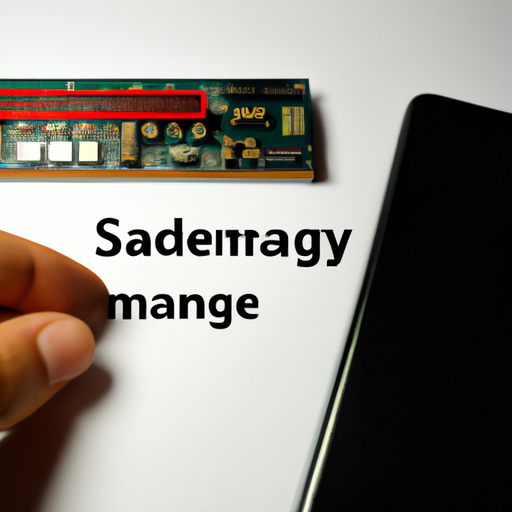

Product standards for current sensors are essential to ensure the safety, reliability, and performance of these devices. Current sensors are used in a wide range of applications, including power distribution, motor control, and energy management systems. They are designed to measure the flow of electric current in a circuit and provide accurate and reliable data for monitoring and control purposes.

One of the most important product standards for current sensors is accuracy. Current sensors must provide precise measurements of current flow within a specified range. The accuracy of a current sensor is typically expressed as a percentage of the full-scale current rating. For example, a current sensor with an accuracy of ±1% can measure current within 1% of the rated value. High accuracy is essential for applications where precise current measurements are required, such as in power distribution systems or energy management systems.
Another important product standard for current sensors is linearity. Linearity refers to the relationship between the input current and the output signal of the sensor. A linear current sensor will provide a consistent output signal that is directly proportional to the input current. Non-linear sensors may introduce errors or inaccuracies in the measurement data. Linearity is critical for ensuring the reliability and consistency of current sensor readings.
In addition to accuracy and linearity, current sensors must also meet standards for temperature stability. Temperature stability refers to the ability of a sensor to maintain its performance characteristics over a range of operating temperatures. Changes in temperature can affect the accuracy and reliability of current sensors, so it is important for these devices to be designed to minimize the impact of temperature variations on their performance.
Product standards for current sensors also include requirements for insulation and safety. Current sensors must be designed to withstand high voltages and currents without compromising the safety of the system or the user. Insulation standards ensure that current sensors are properly insulated to prevent electrical shocks or short circuits. Safety standards also cover issues such as electromagnetic compatibility (EMC) and protection against overcurrent or overvoltage conditions.
In addition to these technical standards, current sensors must also comply with regulatory requirements and certifications. For example, current sensors used in industrial applications may need to meet specific industry standards or certifications, such as UL (Underwriters Laboratories) or CE (Conformité Européenne) certification. These certifications ensure that current sensors meet the necessary safety and performance requirements for use in specific applications or markets.
Overall, product standards for current sensors are essential for ensuring the quality, reliability, and safety of these devices. By meeting these standards, manufacturers can provide customers with products that meet the highest quality and performance requirements for their applications. Compliance with product standards also helps to build trust and confidence in the reliability of current sensors, making them an essential component in a wide range of electrical systems and applications.
Product standards for current sensors are essential to ensure the safety, reliability, and performance of these devices. Current sensors are used in a wide range of applications, including power distribution, motor control, and energy management systems. They are designed to measure the flow of electric current in a circuit and provide accurate and reliable data for monitoring and control purposes.

One of the most important product standards for current sensors is accuracy. Current sensors must provide precise measurements of current flow within a specified range. The accuracy of a current sensor is typically expressed as a percentage of the full-scale current rating. For example, a current sensor with an accuracy of ±1% can measure current within 1% of the rated value. High accuracy is essential for applications where precise current measurements are required, such as in power distribution systems or energy management systems.
Another important product standard for current sensors is linearity. Linearity refers to the relationship between the input current and the output signal of the sensor. A linear current sensor will provide a consistent output signal that is directly proportional to the input current. Non-linear sensors may introduce errors or inaccuracies in the measurement data. Linearity is critical for ensuring the reliability and consistency of current sensor readings.
In addition to accuracy and linearity, current sensors must also meet standards for temperature stability. Temperature stability refers to the ability of a sensor to maintain its performance characteristics over a range of operating temperatures. Changes in temperature can affect the accuracy and reliability of current sensors, so it is important for these devices to be designed to minimize the impact of temperature variations on their performance.
Product standards for current sensors also include requirements for insulation and safety. Current sensors must be designed to withstand high voltages and currents without compromising the safety of the system or the user. Insulation standards ensure that current sensors are properly insulated to prevent electrical shocks or short circuits. Safety standards also cover issues such as electromagnetic compatibility (EMC) and protection against overcurrent or overvoltage conditions.
In addition to these technical standards, current sensors must also comply with regulatory requirements and certifications. For example, current sensors used in industrial applications may need to meet specific industry standards or certifications, such as UL (Underwriters Laboratories) or CE (Conformité Européenne) certification. These certifications ensure that current sensors meet the necessary safety and performance requirements for use in specific applications or markets.
Overall, product standards for current sensors are essential for ensuring the quality, reliability, and safety of these devices. By meeting these standards, manufacturers can provide customers with products that meet the highest quality and performance requirements for their applications. Compliance with product standards also helps to build trust and confidence in the reliability of current sensors, making them an essential component in a wide range of electrical systems and applications.